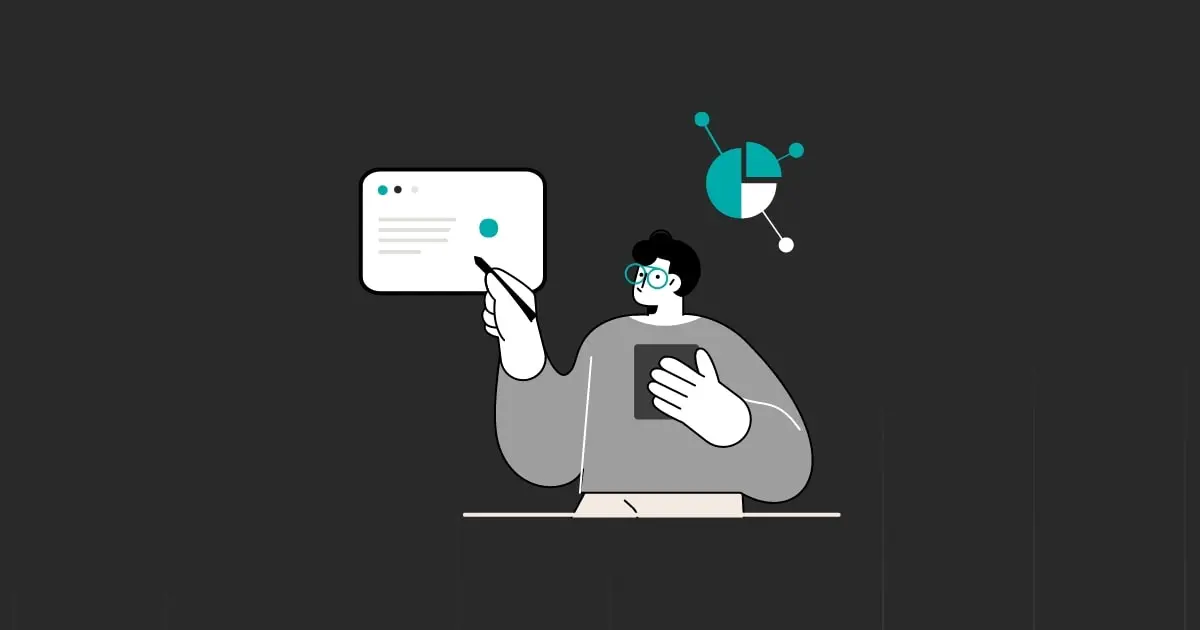Simulation in healthcare is the artificial representation of real-world processes used to attain medical training objectives through experiential learning. The optimum goal of simulations is to enhance the learning experience, engagement, and outcomes using simulated scenarios followed by good feedback and debriefing.
Healthcare training has undergone a significant transformation during the last few decades. One of the reasons for this shift is the zeal to enhance patient safety, involving multiple cases of medical malpractices occurring worldwide. According to a research by Cureus, the worldwide healthcare simulation market is predicted to be between $3.19 to $7.7 billion by 2027, with a compound annual growth rate ranging from 14.6% to 17.8%.1
The different kinds of simulations in training help healthcare professionals master cognitive, technical, and behavioral skill sets with technologically advanced crafted experiences.
How Is Simulation Being Used in Healthcare Training?
The healthcare training courses may use one or more of the approaches listed below, depending on the training content being emphasized.
Partial Task Trainers
Partial task trainers are customized training simulators, enabling learners to practice one specific task. By simulating real-world situations, they are utilized to teach specific clinical skills, such as endotracheal intubation or venous cannulation.
Virtual Reality (VR)
VR is making healthcare training and therapy more precise. Learners are involved in a clinical environment that is very much similar to the actual world. They use complicated and technologically advanced systems to simulate physical interactions, such as an operating room or intensive care unit (ICU).
Full-Scale Simulators
A computerized full-body mannequin emulates a patient and provides a true physiological response to learners’ activities in full-scale simulation training. Most students learn essential clinical skills using full-scale simulators, including physical and other examination techniques.
In-Situ Simulations
In-situ simulations improve reliability and safety in high-risk and high-stress environments. Such simulations are carried out in an actual clinical setting with real healthcare practitioners.
An impactful healthcare training curriculum often uses combinations of the abovementioned approaches, bringing many benefits to the healthcare industry.
Benefits of Simulation in Healthcare Training
Simulation in healthcare is a critical training modality, with strong evidence of improving learners’ knowledge, capabilities, and behaviors. Simulation-based training brings the following benefits to the healthcare training:
1. Hands-on Training Without Risk
Simulation in healthcare offers hands-on learning on procedural and cognitive skills in a real-life environment, but without risk to patients or staff. Learners are exposed to high-risk, low-frequency instances such as severe toxicities that they might not see in real emergency care.
2. Confidence with Real-Life Experiences
Simulation in healthcare provides an opportunity to apply theory and gain practical experience to handle complex procedures conveniently. Such learning experiences give learners the confidence to deal with similar real-life problems. Increased confidence leads to learner competence and skills enhancement, making them capable of taking informed decisions.
3. Freedom to Make Mistakes
Simulation in healthcare allows learners to make innumerable mistakes without experts’ intervention to stop any mishaps with the patient. By seeing the repercussions of their mistakes, learners get critical insight into the implications of their outcomes and the value of executing them well.
4. More Opportunities for Evaluation and Feedback
A video recording of debriefs or reviews in a controlled simulated environment helps provide real-time feedback to the learners, which can be a challenge in an actual clinical setting. Learners who make many mistakes during simulation training might be allowed to reflect, express their experiences, and get corrections if necessary.
5. Customization to Accommodate Several Learners
Complex treatments or unusual conditions need more practice time. Simulations in healthcare provide customization, which is uncommon in real-world clinical settings, showcasing how that customization may fill a need.
Conclusion
Simulation in healthcare training equips healthcare professionals to respond to any situation during their job in an actual healthcare setting. Technology improvements have made simulation training an efficient and secure learning environment for medical students and existing healthcare professionals alike.
With real-world scenarios, simulation in healthcare enables a reproducible curriculum for all learners, improves psychomotor skills, fosters multidisciplinary teamwork, and enhances clinical decision-making.
What are your opinions on using simulators for training in the healthcare industry? Share your thoughts in the comment box below.




